Introduction
DisplayPort is a new digital video standard developed by VESASM (Video Electronics Standards Association) that will first be seen in monitors and PC chipsets in 2008.Given that DVI™ and HDMI™ interfaces already exist and seem to be serving the market well, the reader might be tempted to ask why a new standard was needed. DisplayPort is a royalty-free standard created by the computer industry to solve current and future issues for video display. The interface reduces the need for analog and digital processing within monitors, thereby minimizing costs without impacting performance. Additionally, it enables PC manufacturers to design desktop PCs with DisplayPort-only monitors, which will further reduce system cost by eliminating redundant ports.
The MAX4928A/MAX4928B are designed to facilitate DisplayPort/PCIe switching in desktop computers. This application note presents a circuit that enables designers to support a DisplayPort connection while allowing the PCIe slot to be used for an add-in graphics card.
Overview of DisplayPort Specifications
DisplayPort is a digital video link that connects a source (such as a PC video-graphics card) to a sink (such as a monitor). The link consists of one to four lanes of high-speed data going from source to sink, and one 1MHz bidirectional link that allows handshaking. DisplayPort supports data rates of 1.7Gbps and 2.6Gbps, as well as copy protection and audio. The high-speed lanes are AC-coupled, and can handle monitor resolution standards up to WUXGA (2500 x 1680). The standard calls for 8b/10b symbol encoding, which assures DC balance and enough transitions to eliminate the need to transmit the clock signal. Each high-speed lane comprises a differential pair that can be carried over printed circuit board traces or over a special cable. Distances are not specified, but 4m to 10m of cable is expected.DisplayPort/PCIe Switching
One of the most capable processors in a PC system is the graphics-processing unit (GPU). The GPU is contained within the PC chipset or on a separate add-in board. To minimize the costs of "value systems," many PC chipsets now include built-in graphics capabilities. Although the quality of built-in graphics is high, some users may wish to add upgraded graphics in the form of a PCIe add-in card. In order to support this add-in card, a simple solution is to add an analog switch to the design. If the user selects internal graphics, the switch steers the signal from the Northbridge controller to the DisplayPort connector, and the system retains the PCIe slot for use with other PCIe cards. If the user requires enhanced graphics, he can add a standard graphics card to the PCIe slot.Application Circuit
The MAX4928A/MAX4928B are two new analog switches designed to handle PCIe/DisplayPort switching. The two devices are quite similar but have slightly different pin layouts. The MAX4928A is optimized for ATX motherboards, while the MAX4928B is designed for the smaller BTX form factor. The switches have been carefully designed to permit functionality up to PCIe 2.0 at 5.0Gbps. Special care was taken to ensure that the switch introduces low loss in the signal path and provides excellent return loss (RL).Figure 1 shows the application circuit for the MAX4928A/B in a PC system where the switch steers the signal between PCIe and DisplayPort connectors. Four high-frequency signals are routed through the switch, and it also handles two sets of low-frequency signals. The MAX4928A/B operates from a single 3.3V supply and draws less than 1mA under all conditions. The Northbridge device is fabricated in ultra-small geometry silicon, and must operate from a supply voltage of ≈1V. The HPDi signal is a component of both the DisplayPort and TMDS® specifications, while the DDCii signals are part of the TMDS specification only. All these signals must be level shifted to be compatible with the MAX4928A/B and the Northbridge controller. Since speed is not a concern, level shifting can be performed by a few standard bipolar or discrete FET transistors.
Twelve lines are connected directly to the Northbridge controller. The MAX4928A/B is a bidirectional device. For the D_ lines, the signal traverses from left to right, while for the TX_ lines, the signals go from right to left. The AUX_ signals can travel in both directions. The HPD line is shown with a level shifter, and the AUX signals are AC-coupled.

Figure 1. Block diagram of a desktop PC with DisplayPort/PCIe switching.
Conclusion
DisplayPort is a new standard that will begin to take hold in 2008. Desktop and laptop computers that utilize DisplayPort will only need a VGA port and a DisplayPort connector. The MAX4928A/MAX4928B enable value-oriented computers to support enhanced graphics through an add-in PCIe card. The MAX4928A/B can be placed on a PC motherboard to permit the selection of either onboard DisplayPort graphics with an open PCIe slot or enhanced graphics with a PCIe add-in card. These switches add < 2dB of loss to the system and were engineered for > 12dB return loss (at 2.5GHz), permitting low-cost board techniques. The MAX4928A/MAX4928B retain industry-standard pinouts, operate from a single 3.3V supply, and draw almost no current.iHot-Plug Detect (HPD) is a TTL-level signal coming from a sink that the source must pull down when ready.
iiDisplay Data Channel (DDC) comprises two low-frequency digital signals that are 5V compatible, and allow handshaking between the source and the sink.
DisplayPort is a trademark of Video Electronics Standards Association.
DVI is a trademark of Digital Display Working Group (DDWG).
HDMI is a trademark of HDMI Licensing, LLC.
PCIe is a registered trademark of PCI-SIG Corp.
TMDS is a registered trademark of Silicon Image, Inc.
VESA is a service mark of Video Electronics Standards Association.
 电子发烧友App
电子发烧友App












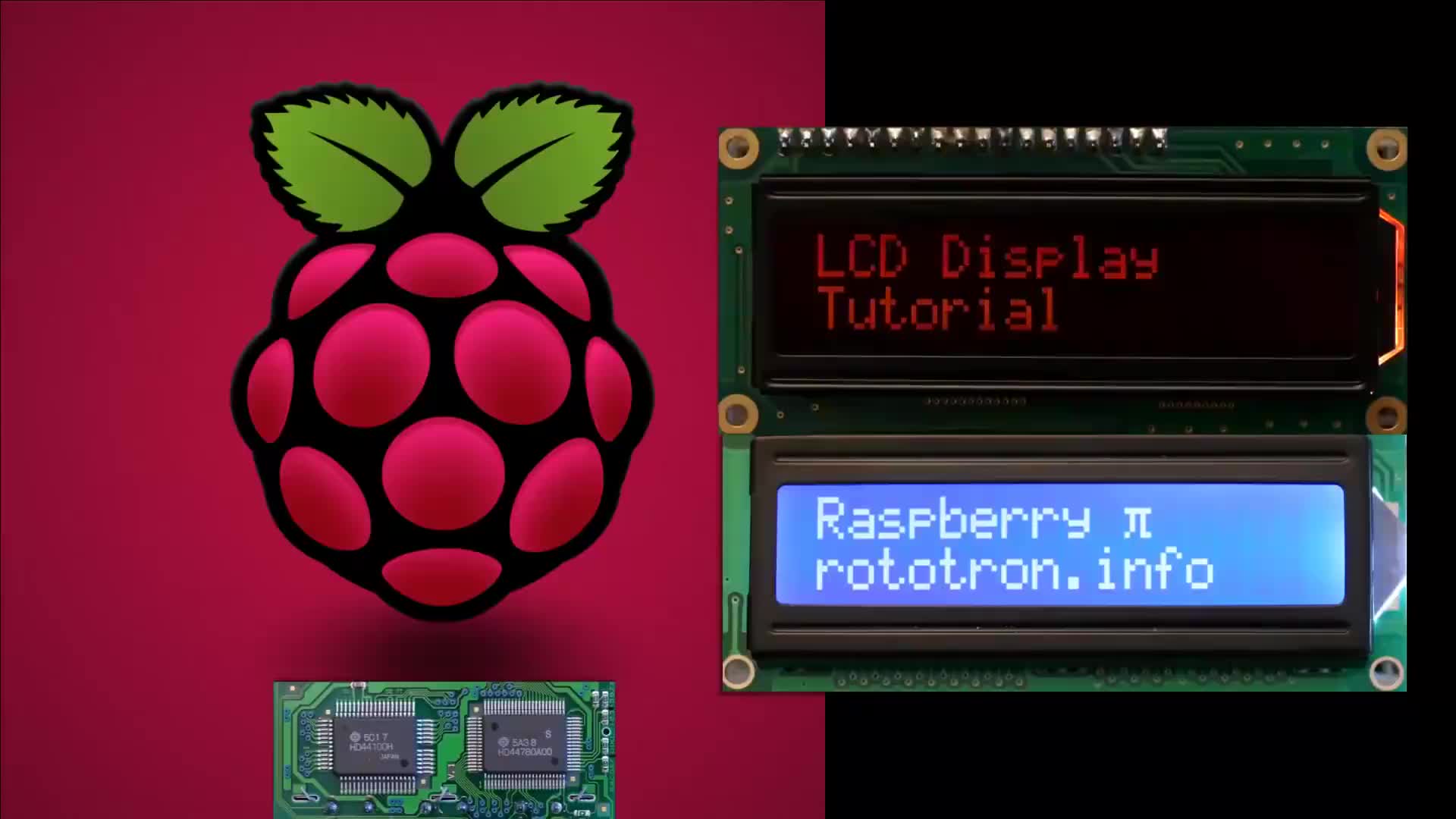
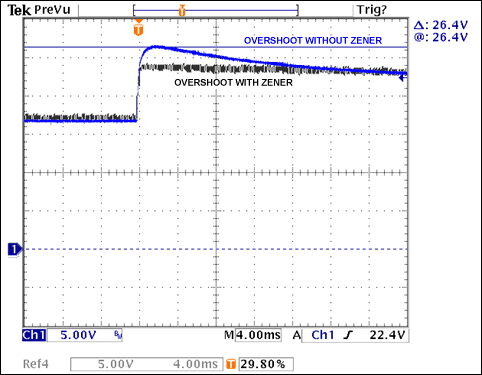
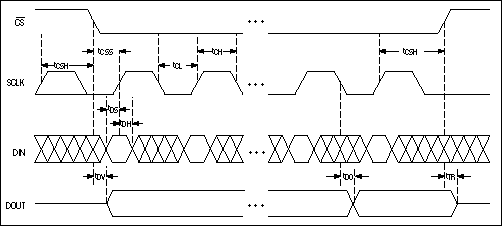
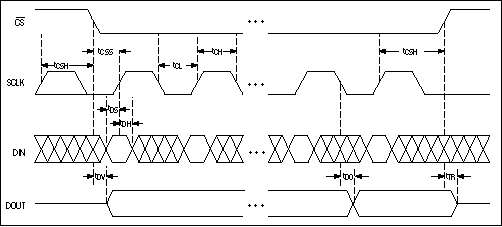

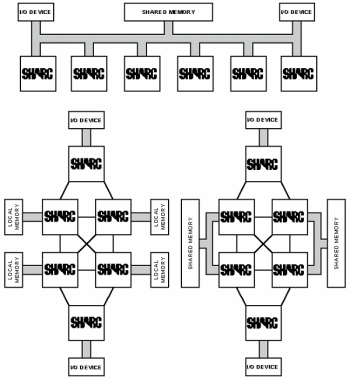
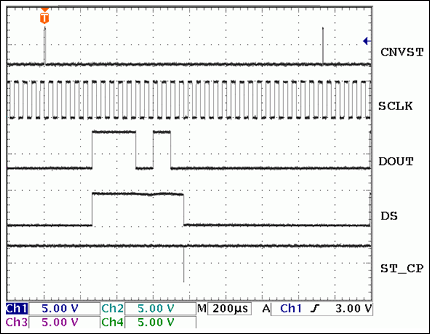
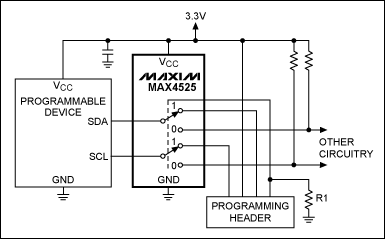
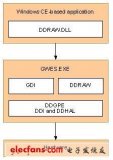


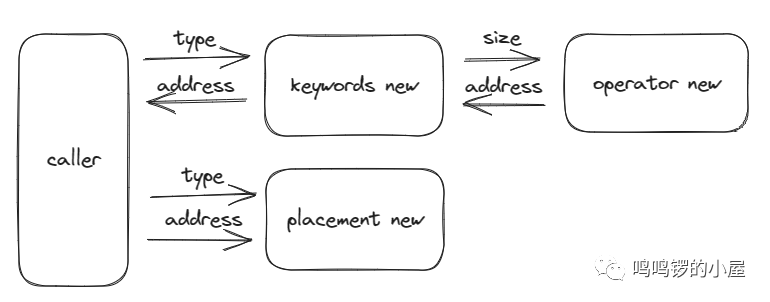











评论